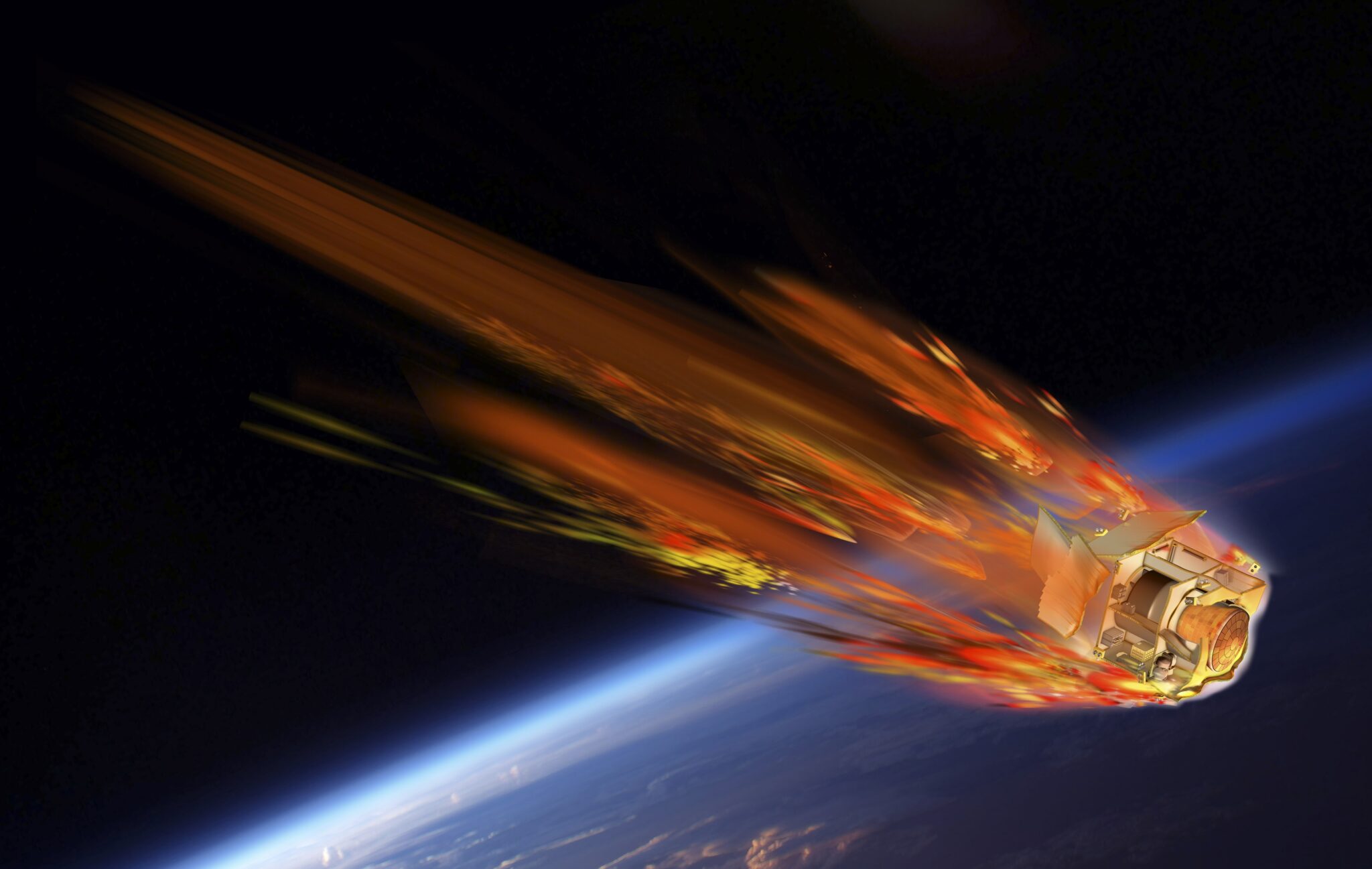The European Space Agency (ESA) is preparing a washing machine-sized spacecraft for a short-lived but daring mission. The satellite will begin falling shortly after launch, recording its dramatic re-entry into the Earth’s atmosphere.

This project, called DRACO (Container for Evaluation of Destructive Reentry in Atmosphere), is designed to collect data during the satellite’s re-entry and destruction. The vehicle itself, weighing about 200 kilograms, has no engine or navigation systems. However, it is equipped with a special capsule capable of withstanding high temperatures and transmitting data during satellite collapse.
DRACO is scheduled to launch in 2027. The mission aims to improve spacecraft return capabilities and reduce the amount of space debris in Earth’s orbit.
“Reentry science is an essential element of the design for demise efforts. We need to gain more insight into what happens when satellites burn up in the atmosphere as well as validate our re-entry models,” says Holger Krag, head of ESA’s Space Safety Division.
To gather the necessary information, ESA is developing a special satellite with a capsule capable of resisting destruction. The capsule is expected to survive re-entry and protect the computer system and sensors.
“DRACO will be equipped with sensors and cameras that will record and store data while the satellite burns up, as long as it is possible,” said Stijn Lemmens, project manager.
The DRACO mission will last about 12 hours, during which the satellite will rise to an altitude of 1,000 kilometers and then enter the atmosphere over the ocean. Four cameras and 200 sensors will record the destruction process. The data capsule will then deploy its parachute and transmit the last 20 minutes of collected information to a geostationary satellite before falling into the water, finally destroying it.
This short but important mission will provide valuable data to prevent the accumulation of space debris in Earth orbit.
Earlier we explained, would the satellite fall on you?
According to ESA


